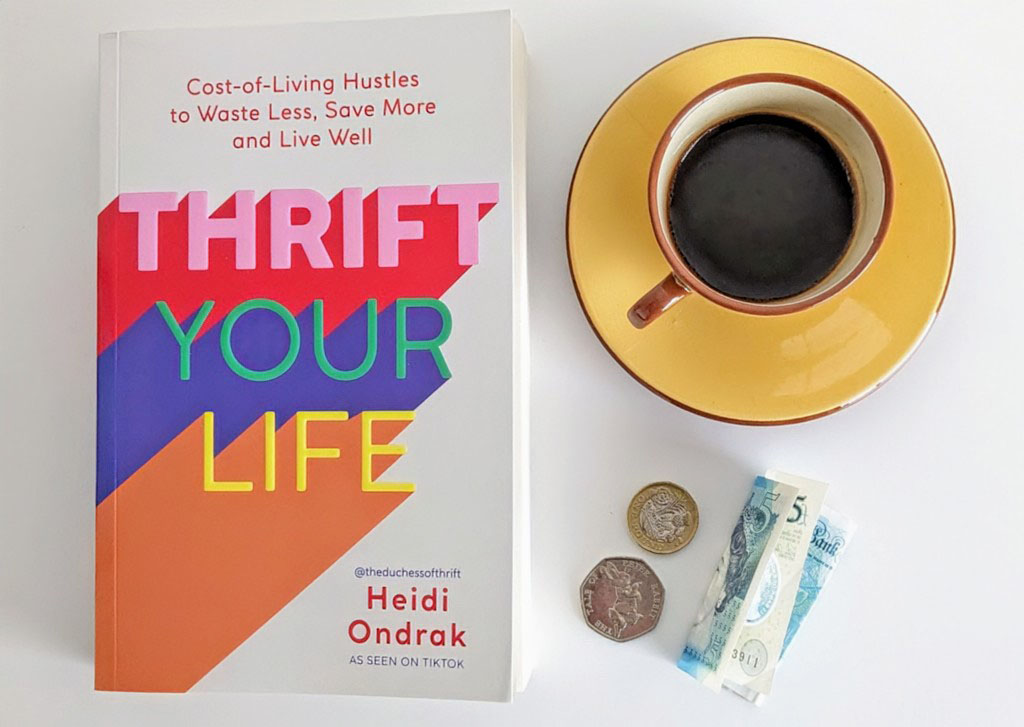The Monday to Wednesday Rule is a great way of tempering spending. It doesn’t have to be specifically Monday to Wednesday, pick any three days in the week that suit you… and don’t buy a single thing for those three days. Nada, nish, nothing. Do not step foot in a shop, don’t browse online stores, do not add stuff to virtual baskets. And don’t even buy a coffee, packed lunch, newspaper, magazine. Nothing at all.
Even if you have been to the supermarket armed with a shopping list, there is always something you forget that feels essential, or something else you feel you need. Unless it’s life or death, don’t top up. What would happen if you had to go three days without it? I started to practise this rule as I am awful at going into the supermarket for one or two emergency items and spotting a yellow sticker item, an introductory offer or BOGOF deal and spending more than I intended.
I have always been a sucker for a discount store: B&M, The Range, Poundland, Home Bargains. I would pop out for a mooch – I had developed a habit of using “discount” shopping as a boredom buster – or I would go in for one specific item and always return with at least £20 worth of non-essential bits and bobs. Those extra bits soon add up if you repeat the habit a few times a month. The three-day no spend rule helped me to temper this habit and superfluous spending.
The “one day at a time” principle
Repeat the mantra: “Just for today I will not buy things that I do not absolutely need.” If you feel the urge to impulse buy, remember to repeat the mantra.
Heidi’s hints – measure the change
• How much do you spend in the few days after grocery shopping? Do you top up with extras during the week?
• Do you buy something most days? How much could you save if you allocated no spend days?
Thrift Your Life: Cost-of-Living Hustles to Waste Less, Save More and Live Well is published by Welbeck Balance (£9.99).

